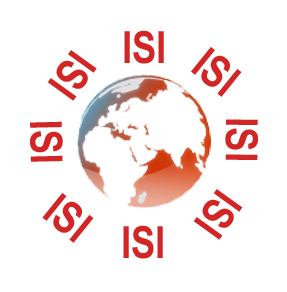The Reality of Natural Resources in Hawr Al-Hammar and Ways of Utilizing Them from 1980 to 2023
DOI:
https://doi.org/10.56924/tasnim.8.2024/26Abstract
The donkey marsh enjoys enormous natural resources، whether plant، animal، or mineral resources in the ground، or tourism، and even idle human resources that live in semi-unemployment in comparison to the strenuous efforts they exert in order to extract their daily sustenance in a primitive manner. These riches، and those exploited in particular، have been considered among the main sources of the Iraqi economy since ancient times. Reeds and papyrus are used for building housing and food، such as maple sweets، and for industry، such as paper making، in addition to the medicinal uses of most marsh plants and animal products for food، such as birds and fish، which are a major food source for most of Iraq’s population because of their value. As for livestock، their economic importance lies in obtaining their products، such as meat، milk، its derivatives، and wool، as there are industries associated with animal products، such as the manufacture of meat، cheese، dairy، and other natural resources. However، these resources decreased in the donkey marsh from what it was previously in the eighties of the last century due to the drought to which it was exposed. The marsh، whether due to the policy followed in drying the marsh during the time of the previous regime or as a result of the lack of water imports reaching it from the rivers that currently feed it. As for oil wealth، there are several oil fields in the marsh، in addition to the tourism activity in which has emerged in the recent period، as it has become The marsh attracts tourists from inside and outside Iraq، especially in the spring and is absent in the summer due to high temperatures and the drying up of the marsh waters. In winter، tourism decreases due to low temperatures.
Downloads

Downloads
Published
How to Cite
Issue
Section
License
Copyright (c) 2024 Tasnim International Journal for Human, Social and Legal Sciences

This work is licensed under a Creative Commons Attribution-NonCommercial-NoDerivatives 4.0 International License.





